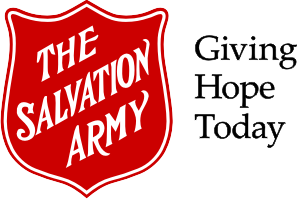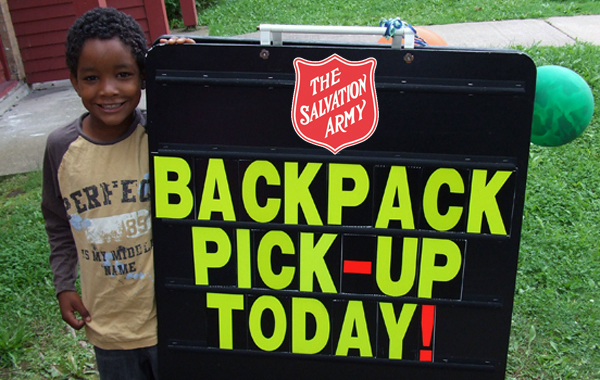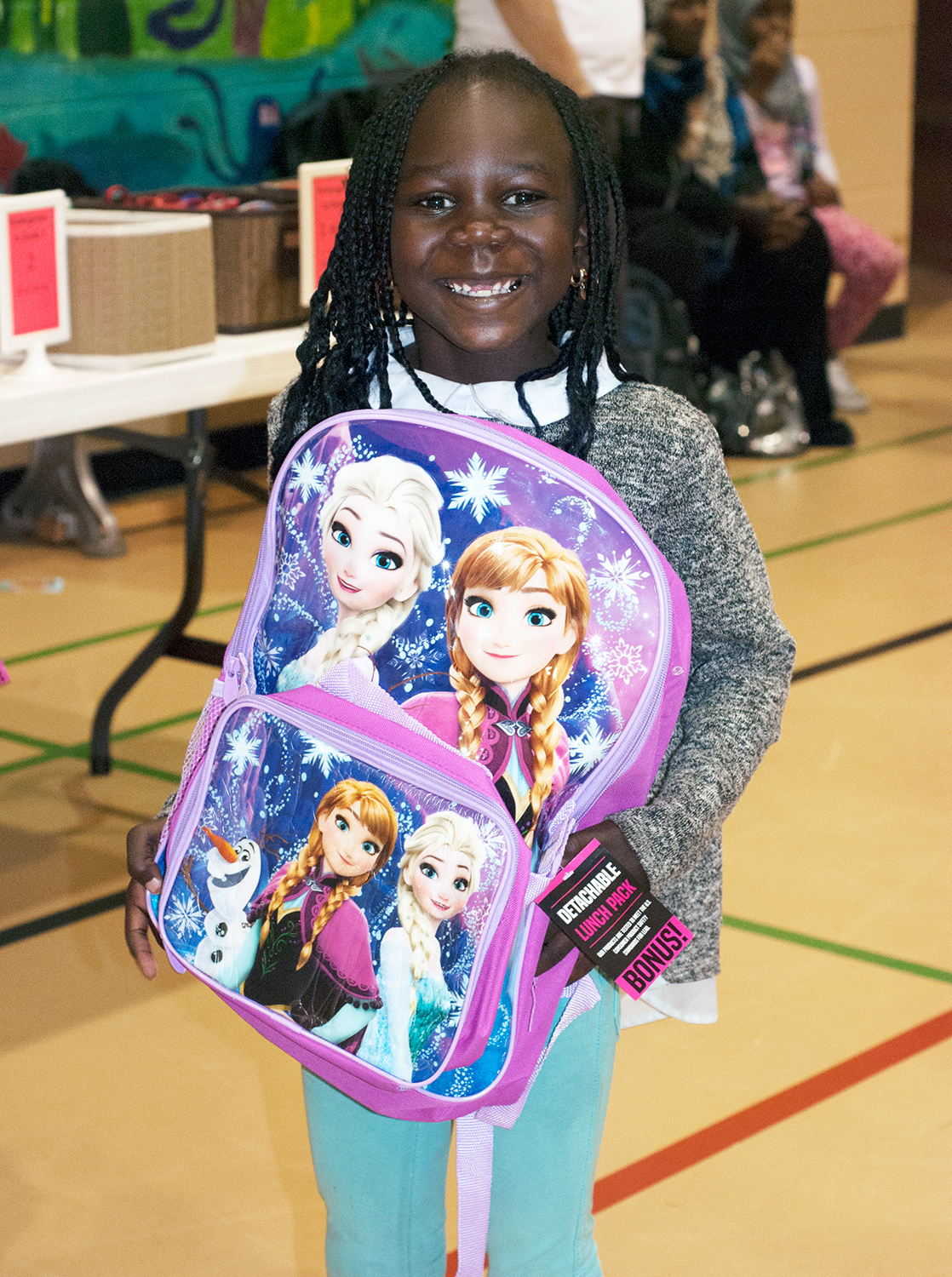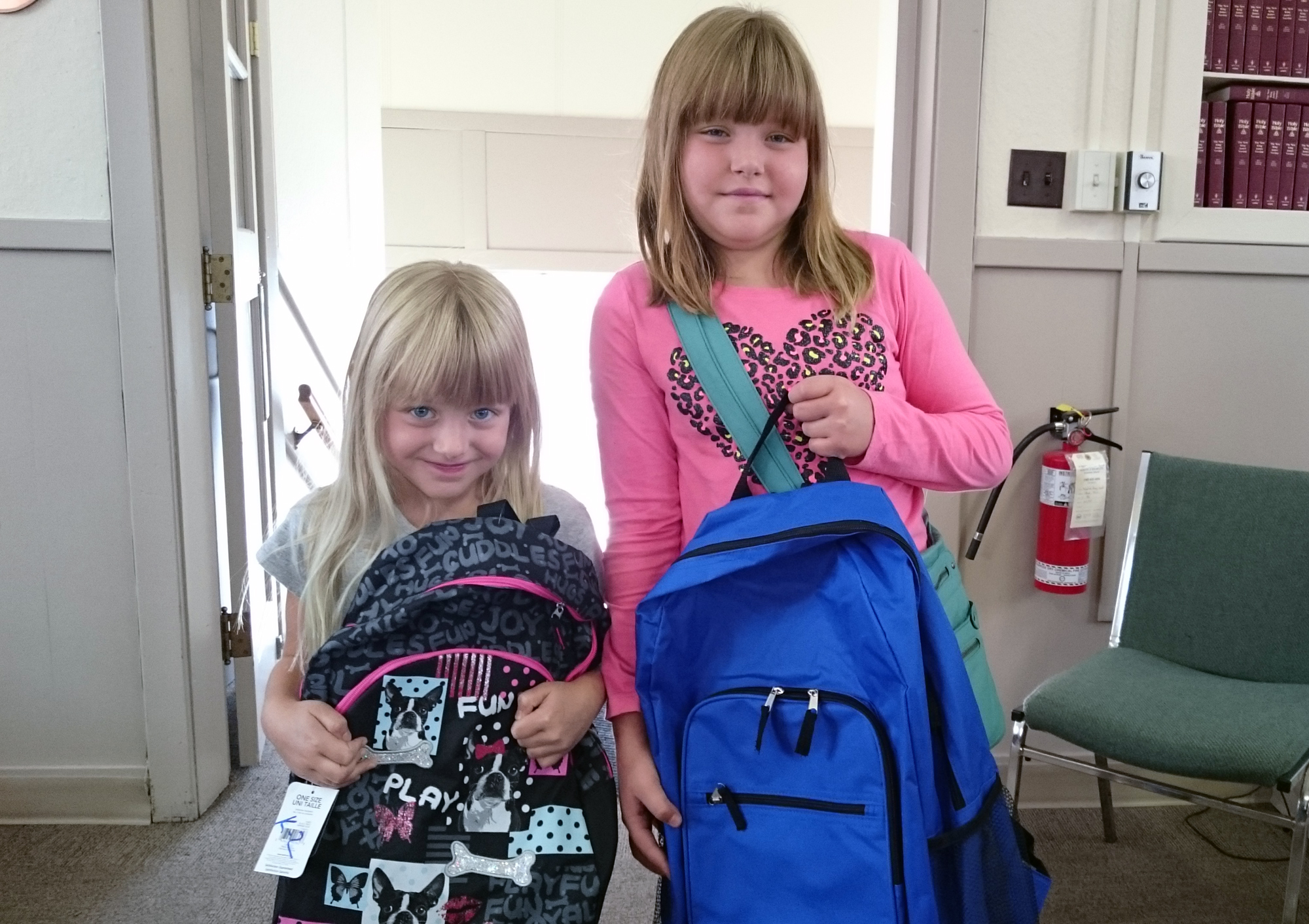Supplies to Start the School Year Off Right
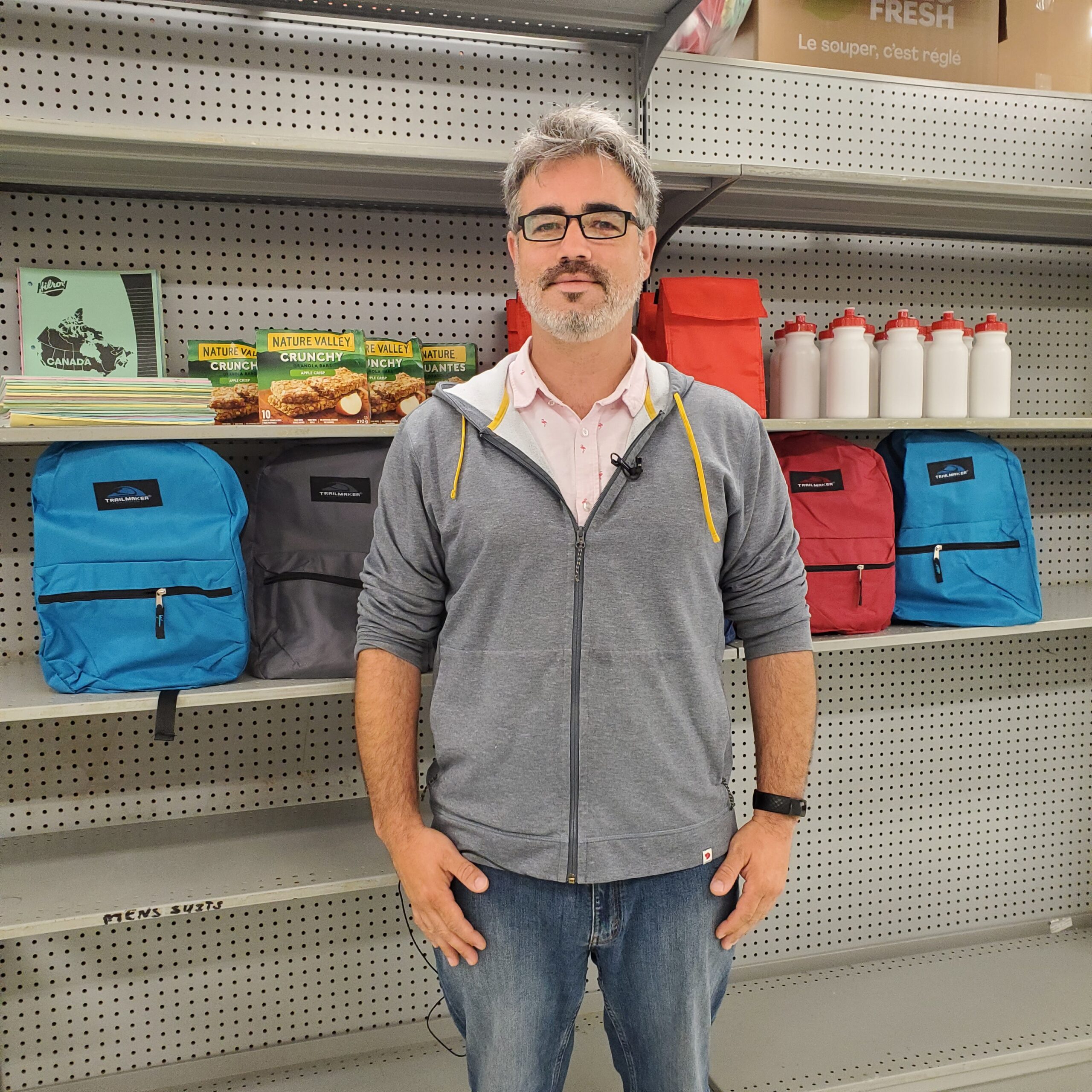
On the first day of school this fall, some 350 backpacks full of goodies will be distributed amongst eight Kenora area elementary schools to help students get a leg up this school year. The backpacks will contain a reusable water bottle, thermal lunch kit and other school necessities. For some students this will mean the difference in having certain required items and for parents, it means that strapped incomes can stretch a little further this fall.
Sandra Poole, Community Ministries Director in Kenora says offering this program has been on her wish list for years. She also oversees the food bank and Thrift Store and explains that the need for school items recurs every fall.
“It’s not something that’s new to us. Every year we have people coming in looking for school backpacks looking for school supplies, because they just can’t financially stretch to those extra items” she says.
Planning for the program began in January when funding was set aside to purchase items for students. Sandra collaborated with the area schools to determine what students are most in need of, to her surprise, it wasn’t pencil crayons and notebooks but everyday items that many of us take for granted like our own reusable water bottle.
Justin Kakis, a parent and educational assistant and early childhood educator in Kenora illustrates the need he sees in local schools.
“A personal example for me was a student in one of my classes. They were in need of a water bottle. The kids generally require, or it’s asked that they have individual water bottles at the school, and this student didn’t, and I took it upon myself to support that student because we had a bunch of extras at home, but in retrospect it would have been nice to have gone through an organization and then as well look at a larger view of students in need” he says.
For anyone accessing social assistance services, discretion is important. Justin states that students and their families don’t want their needs pointed out or spotlighted and that’s why a program distributed by the schools is ideal. The school can identify the need and carry out assistance without drawing additional attention.
“As an educator, to see kids come to school not having the stuff they need — It’s really difficult, because we’re in a situation where you don’t want to leave parents guardians, the students feeling uncomfortable by overstepping and pointing out that sort of thing” says Justin.
“When you have a group package or a service like this, the beauty of it, being non-branded, it puts everyone on the same playing field and again, doesn’t leave students, guardians, parents, possibly feeling threatened” he explains. “And when you have an indirect way, like The Salvation Army, coming in and doing those donations, I think it makes it a little easier and it just it boosts our morale as educators to then see that we have students that are fully supplied and ready for the year.”
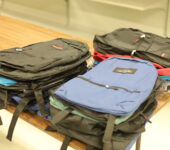 Sandra echoes Justin’s sentiments and explains that the anonymity afforded by this program will also help folks who may be wary of asking for help. “[For] some of these kids it’s going to be the difference between them being able to follow the rules of the school and not being able to. I’ve seen it so many times, a lot of our clients find that that first step of reaching out and asking for the help to be so difficult that doing it this way, it fills that gap”.
Sandra echoes Justin’s sentiments and explains that the anonymity afforded by this program will also help folks who may be wary of asking for help. “[For] some of these kids it’s going to be the difference between them being able to follow the rules of the school and not being able to. I’ve seen it so many times, a lot of our clients find that that first step of reaching out and asking for the help to be so difficult that doing it this way, it fills that gap”.
If you or someone you know could use some school assistance for students, reaching out may be the hardest part. Sandra says when in doubt pick up the phone or drop in at your local Salvation Army.
“All our appointments are done on a one-to-one basis. So there’s never any anybody else around but me aside our volunteers. It’s discrete, there’s privacy, because other people don’t need to know who’s coming to us for help, So there is no need to have that fear” she says.
“When you support a Salvation Army backpack program, you’re supporting the youth of today. Child poverty in Northwestern Ontario is horrendous. It’s at 35% I believe the in highest in Ontario and probably the highest in the country. And even if we can alleviate even part of that, then it takes pressure off the students. It takes pressure off the parents, it takes pressure off the teachers” says Sandra.
